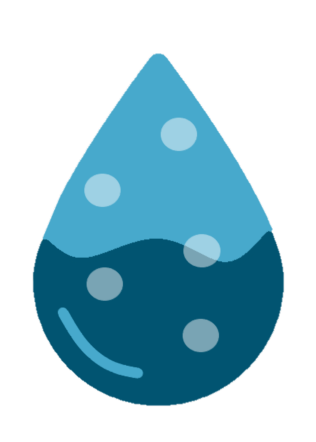Projects
Upscaling of greenhouse gas emissions from lakes and reservoirs
UNESCO/IHA research project on the GHG status of freshwater reservoirs: The G-res Tool

The aim of the project is to develop a new modeling approach to estimate the net change in GHG emissions (CO2 and CH4) due to the introduction of a reservoir. The model estimates Net GHG footprint taking into consideration the GHG footprint of the landscape prior to impoundment, the particular environmental setting of each reservoir (climatic, geographic, edaphic and hydrologic), the temporal evolution of the GHG emissions over the lifetime of the reservoir, the displaced GHG emissions, i.e. emissions that would have occurred somewhere else in the aquatic network regardless of the presence of a reservoir, the different methane (CH4) emissions pathways: Diffusive, Ebullition, Degassing and the emissions increasing the net GHG emission impact of the reservoir, but that are the result of release of nutrients and organic matter by human activity occurring upstream of or within the reservoir.
The objective of the project is also to integrate global informations for over 6000 reservoirs in order to revisit the global Net GHG footprint of reservoirs.
For more detailed informations, see Prairie et al 2017 and http://g-res.hydropower.org/
Canadian Lake Pulse Network

Quantifying accurate greenhouse gas (GHG) fluxes between the Earth’s surface and the atmosphere has been considered essential for planning for a sustainable future under global climate changes. Lakes are now well-known sites of CO2 and CH4 emissions to the atmosphere in sufficiently large quantities. Canada is home to almost one million lakes, and they represent 37% of Earth’ total lake area. Thus, more than any other country in the world, Canada could contribute significantly to GHG emissions. However, there are currently no estimates of lake GHG emissions for entire Canada, nor for any of its ecozones. In this project, therefore, we will determine gas concentration of dissolved CO2 and CH4 in surface water and gas fluxes across the air and water interface. In addition, isotopic signature will be used to trace the origin of carbon and also to trace the extent of CH4 oxidation to CO2. It would be large-scale data analysis integrating US EPA National Lake Assessment data of 2017. The overall aim of this project is large-scale analysis and mapping of lake fluxes across different landscapes to assess factors affecting source and sink magnitude of dominant greenhouse gases such as geographical patterns, landscape and anthropogenic alterations, organic decomposition, mineral weathering, and methane oxidation.
For more detailed informations, see https://www.lakepulse.ca
